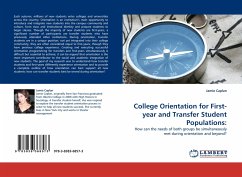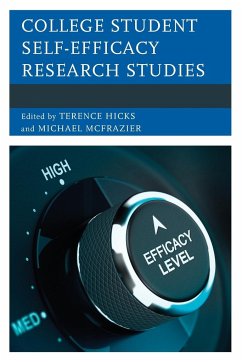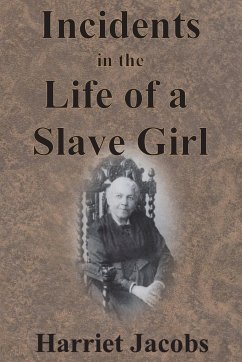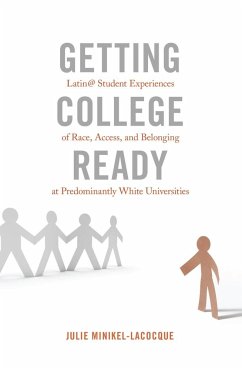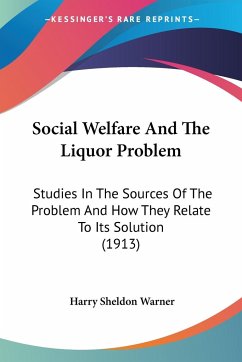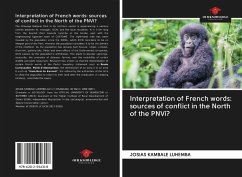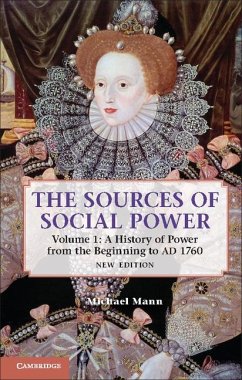
The Sources of Impact in College on Gay Male Student Identity
The Current Student Perspective
Versandkostenfrei!
Versandfertig in 6-10 Tagen
45,99 €
inkl. MwSt.

PAYBACK Punkte
23 °P sammeln!
Gay student visibility on university campuses hasrisen dramatically over the past 20 years. In spite of this, thesources of impact on their identity development while in college haveremained a mystery. In this two-phase study, fifty-nine self-identifiedgay male undergraduate and graduate students, ages 18-30, atpublic and private universities nationwide participated in amixed-methods.. In the first phase students used a critical incidentformat to describe experiences that they felt had had the greatestimpact on their identity development during their undergraduateyears. In the study''s second ...
Gay student visibility on university campuses has
risen dramatically
over the past 20 years. In spite of this, the
sources of impact on
their identity development while in college have
remained a mystery.
In this two-phase study, fifty-nine self-identified
gay male
undergraduate and graduate students, ages 18-30, at
public and
private universities nationwide participated in a
mixed-methods.. In
the first phase students used a critical incident
format to describe
experiences that they felt had had the greatest
impact on their
identity development during their undergraduate
years. In the
study''s second phase, participants assigned
similarity ratings to the
14 identified categories of impact. Multidimensional
scaling and
hierarchical cluster analysis were then employed to
analyze these
data. This analysis resulted in the creation of a
concept map that
represented in pictorial form the ways in which these
gay students
had organized these categories of experiences.
Implications of this
research for higher education practitioners and
suggestions for
future research are presented.
risen dramatically
over the past 20 years. In spite of this, the
sources of impact on
their identity development while in college have
remained a mystery.
In this two-phase study, fifty-nine self-identified
gay male
undergraduate and graduate students, ages 18-30, at
public and
private universities nationwide participated in a
mixed-methods.. In
the first phase students used a critical incident
format to describe
experiences that they felt had had the greatest
impact on their
identity development during their undergraduate
years. In the
study''s second phase, participants assigned
similarity ratings to the
14 identified categories of impact. Multidimensional
scaling and
hierarchical cluster analysis were then employed to
analyze these
data. This analysis resulted in the creation of a
concept map that
represented in pictorial form the ways in which these
gay students
had organized these categories of experiences.
Implications of this
research for higher education practitioners and
suggestions for
future research are presented.



